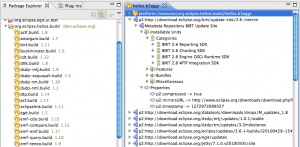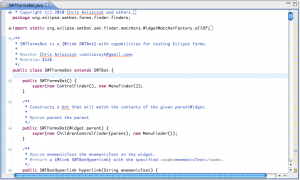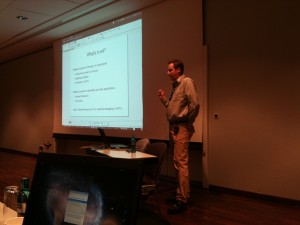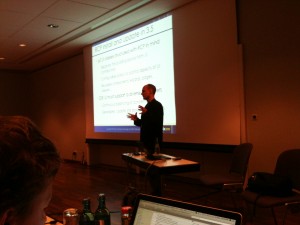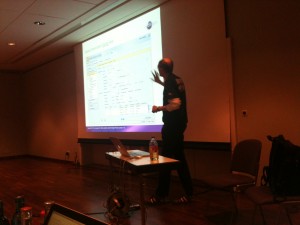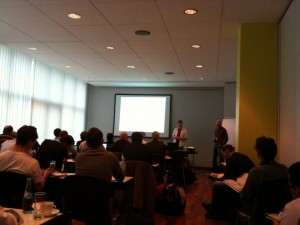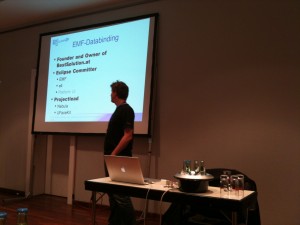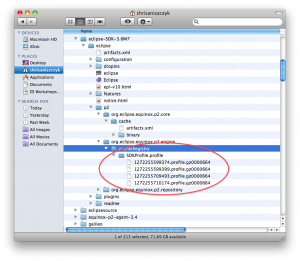Yesterday, Henrik Lindberg had a great in depth blog post about the b3 aggregator. On top of what Henrik already mentioned about the b3 aggregator, most people don’t realize that it’s really one of the unsung heroes of the Eclipse simultaneous release (David Williams being one of the other heroes). As part of the Eclipse Helios release, the b3 aggregator combines repositories from various projects into a new aggregated p2 repository that everyone is familiar with when they open their Eclipse and point to: http://download.eclipse.org/releases/helios
It’s amazing enough that we are able to ship 40 or so disparate projects on time this year as part of the Eclipse Helios release but having the b3 aggregator helps make things easier. I highly recommend looking at the b3 aggregator if you’re interested in building targets or mirroring a complex set of repositories. If you want to dive a bit deeper on how the aggregator is used as part of the Eclipse Helios release, I’d recommend taking a look at the Helios build project and in particular, the helios.build file…
And to think… in a little over a month we will ship another successful simultaneous release at Eclipse! What other open source community out there can say the same? It’s really something to be proud of in my humble opinion.



